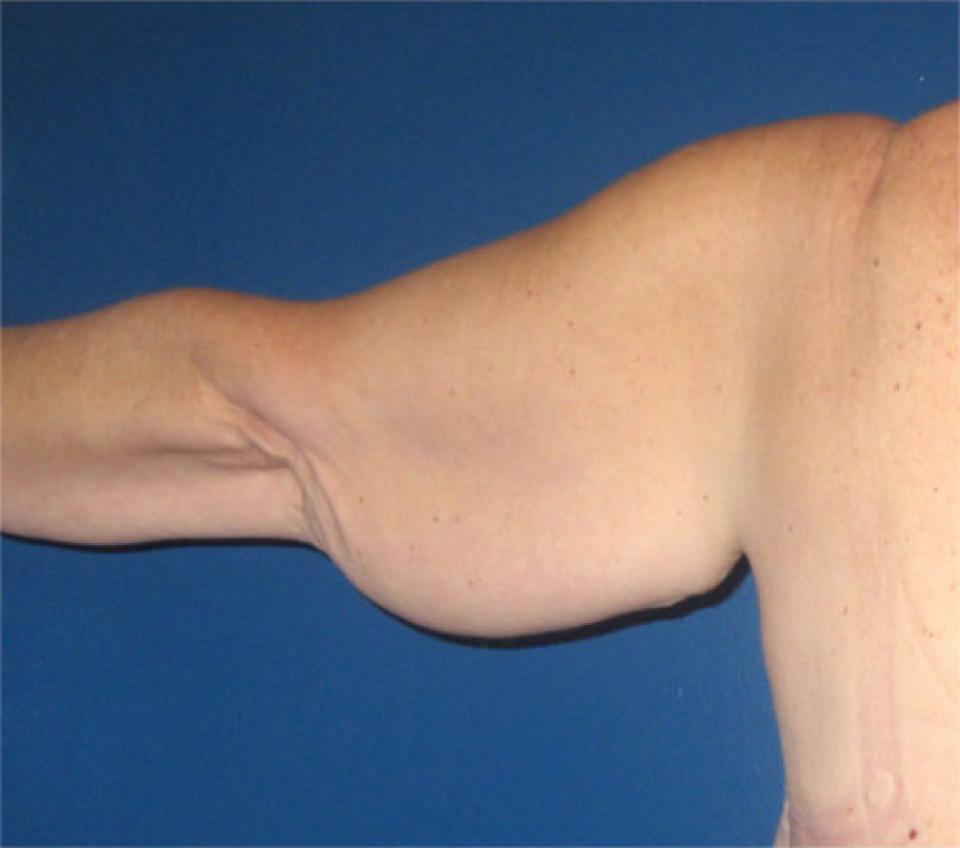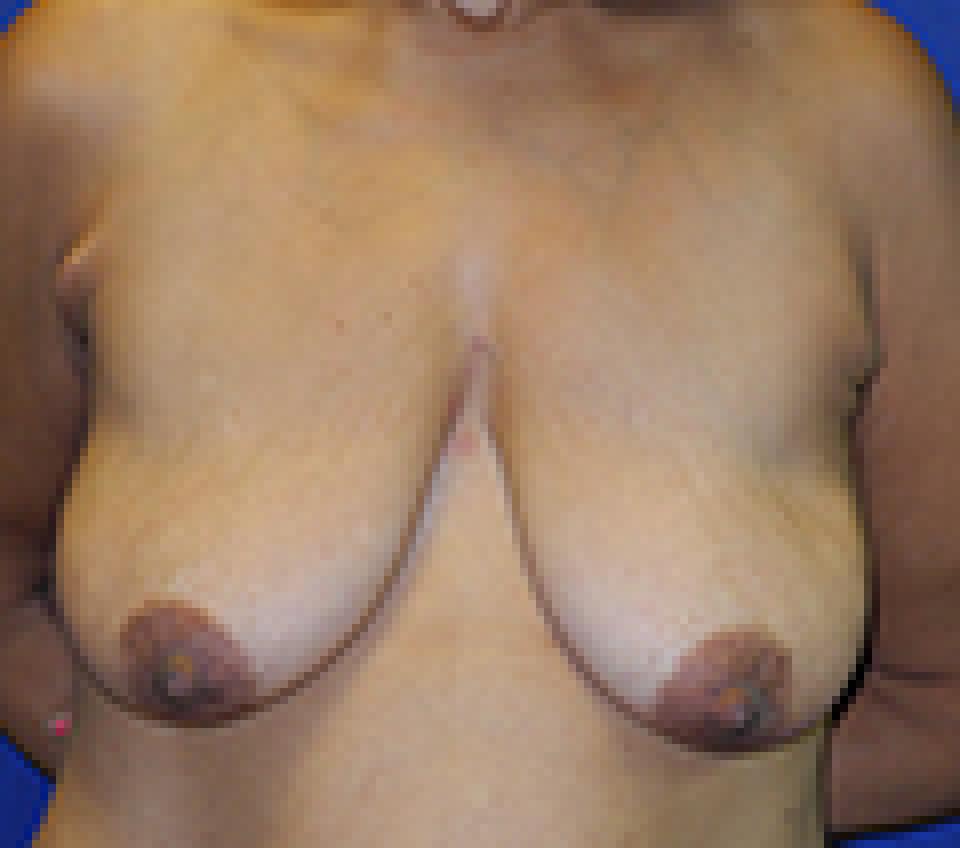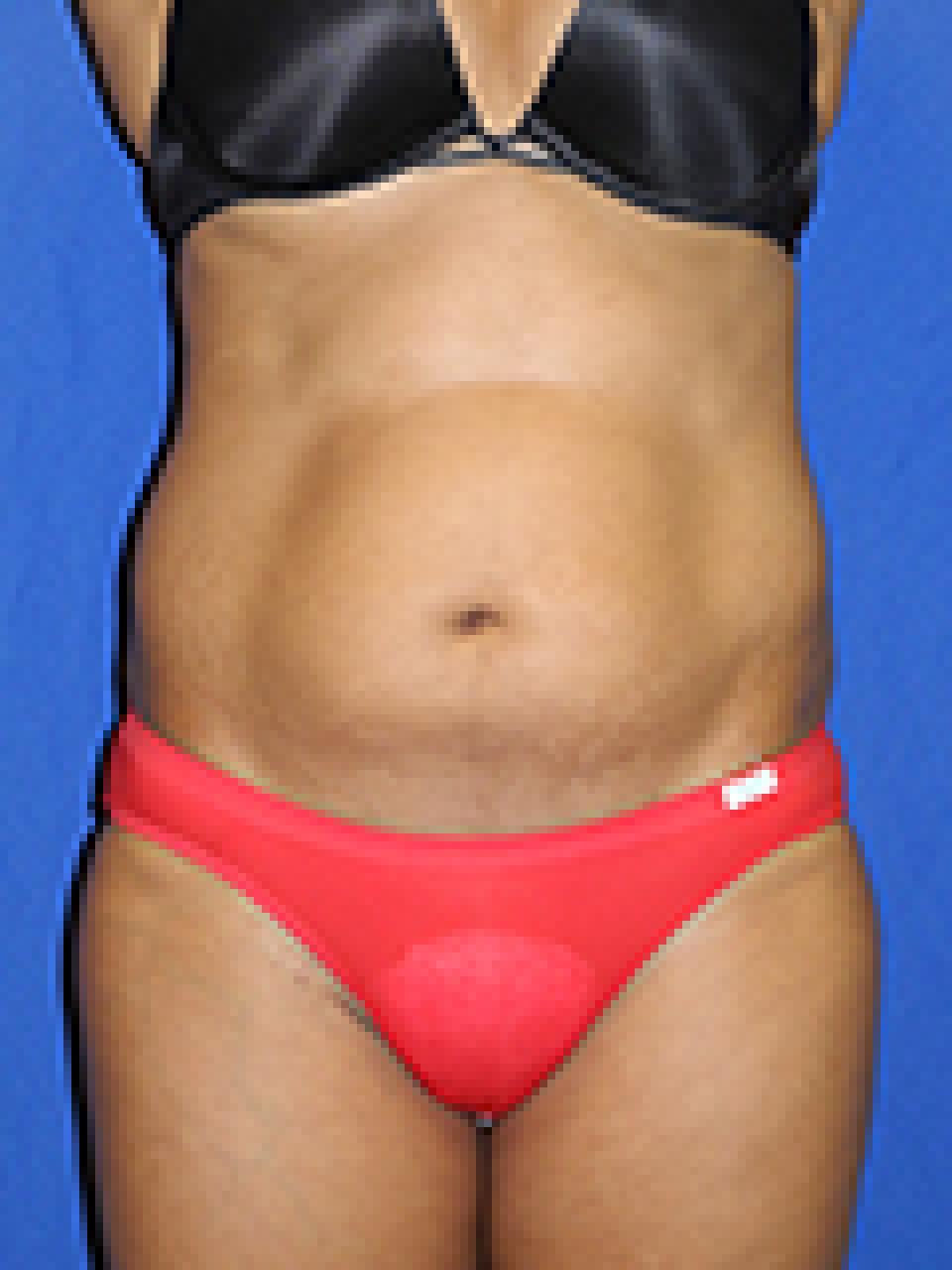Skin Elasticity
When we are young we take for granted that skin will pop back in place if pulled on; when we are old we find when our skin is pulled out of place, as between finger and thumb, it does return to its normal position, but slowly. In other words, elasticity has been lost.
There are a number of factors that give the skin its normal elasticity, all related to the components of the intercellular substance, formed and unformed.
The first of these is the volume of intercellular fluid, that is, hydration. It is standard clinical practice when examining a baby that might be dehydrated to pinch the skin and see how rapidly the fold returns to normal. Adults are less likely to lose their skin’s water but severe dehydration will do the same to them, causing a wrinkling of the collapsed skin.
In normal health, and normal hydration, the bundles of collagen, the formed substance of the intercellular tissue, give it a “springy” structure and are a major factor in its elasticity. As we age, the collagen fibers of skin as well as bone become fewer in number and weaker in structure. The skin wrinkles readily, loses its turgor and becomes relatively inelastic.
This problem of collagen fiber insufficiency is exaggerated in the numerous genetically determined collagen malformation conditions such as Ehlers-Danlos syndrome, in which (among many other defects) the normal elasticity of skin is lost and it can be pulled markedly out of shape.
There is another protein structured fiber found in the intercellular substance, and named elastin for its obvious properties. Although this has a part in giving the skin its elastic properties, collagen is probably more important. Another genetically determined congenital defect is named cutis laxa; in this the elastin fibers are not properly formed and the skin hangs in folds.
 before
before
 after
after
This case depicts a 55 year old woman who after losing almost 100 pounds had developed sagging skin in the upper arms. Because of the significant skin excess that remained after such dramatic weight loss, liposuction alone was not possible as a method of arm contouring.
Although this procedure involves an incision beginning in the arm pit or axilla and extending down toward the elbow, the results allow individuals to fit into items of clothing in which they could not prior to their surgery.
The post-operative photographs depict this woman's appearance approximately six months after surgery.
 before
before
 after
after
This case depicts a 41 year old woman who had borne one child via c-section. Because her skin had remained relatively undamaged by the distensing effects of pregnancy, she elected to undergo abdominal recontouring by liposuction, A previous pregnancy does not indicate that an individual is not a candidate for liposuction of the abdomen.
In some instances, both liposuction and an abdominoplasty may be possible. Each has different pros and cons, which must be discussed prior to selecting the appropriate method. The post-operative photographs depict this woman's appearance approximately 3 months after surgery.
 before
before
 after
after
This case depicts a 33 year old woman who was fit, slender and had never been pregnant. She had, however, a genetic tendency to accumulate fat in the mid-body- front and back. Because she had excellent skin tone and skin elasticity, this type of individual was the optimal candidate for liposuction.
Once the excess fat is removed from beneath the skin, the skin will shrink down and hug the new body contour without any sagging. The incisions required for this type of body contouring are a few millimeters in length. Notice the significant change in this woman's body shape to a desirable "hourglass".
 before
before
 after
after
This 49 year old woman reached her plateau weight after losing 100 pounds following bariatric surgery. She is an excellent example of an individual whose breast tissue had been largely replaced with fat and as such, after massive weight loss, there was not enough breast tissue remaining to rearrange into a new breast shape that appeared typical of what one might expect after a breast lift or mastopexy.
From an aesthetic standpoint, this woman informed me that she would be satisfied with any improvement in her breast shape. Her primary goal, however, was to remove the extra skin that otherwise laid across her abdomen unless she wore an underwire bra. Her skin had lost a great deal of its elasticity and was unlikely to tolerate insertion of an implant to replace lost volume without sagging or becoming ptotic in a relatively short period of time. The use of commercially available skin substitutes, which would have allowed use of an implant, was not an option for her.
Her post surgical photographs show her result after I performed a breast lift or mastopexy using a short scar technique that leaves behind scars in the shape of a “lollipop.”
 before
before
 after
after
This 37 year old woman reached her plateau weight after losing 91 pounds following bariatric surgery. She had a breast lift or mastopexy using a technique which leaves behind scars in the shape of an “anchor.”
A breast lift or mastopexy is an operation which rearranges breast tissue so that the new breast shape is typically shorter and rounder. Unfortunately, patients who have lost a large amount of weight often do not have enough breast tissue remaining to rearrange into a naturally appearing breast. This woman was fortunate to have enough breast tissue after a 90 pound weight loss to achieve the breast shape that is visible in her post surgery photographs.
While an implant can provide the volume that is lacking after massive weight loss, the weight of the implant can also be very taxing on compromised skin, such as that which is typical after massive weight loss. Commercially available skin substitutes can provide the strength needed for successful use of implants in such cases.
 before
before
 after
after
This is a 32 year old woman with a BMI of 24 who underwent mid-body liposuction using ultrasound assisted liposuction. She had borne one child and had a few stretch marks over her anterior abdomen. Typically, such patients are better candidates for an abdominoplasty, but this woman's skin elasticity was fairly intact and her abominal wall muscles had not been overly stretched by the pregnancy either. She very much wished to avoid any scarring over her abdomen. She and I were both willing to accept a minor amount of skin looseness and so after much discussion, I proceeded with ultrasound assisted liposuction of her entire trunk, front and back.
Her result shows a significant improvement with which she is quite pleased. Other individuals who wished to have "tight" skin would achieve an exceptional result with a lipoabdominoplasty, which would entail an 10 to 12 inch long scar in the lower abdomen.
 before
before
 after
after
This case depicts a 57 year old woman who wanted to achieve a more youthful appearance. She underwent an upper and lower eyelid lift, a face lift and a neck lift.
Her post-operative photographs show her just under six months after surgery.
The gentle curve of the neck after surgery approximates the appearance of this individual's neck when she was in her 20's.
 before
before
 after
after
This 33 year old woman embarked upon a diet and exercise program that resulted in a 100 pounds weight loss over a 10 month period. Significant changes in her body's appearance occured, but because there is a limit to how much an individual's skin can shrink down to a smaller contour, some issues remained.
These types of issues are ideally adressed by performing an abdominoplasty along with tailored liposuction.
 before
before
 after
after
This individual suffered from gigantomastia and underwent a breast reduction in which almost three and a quarter pounds of weight was removed from the breasts.
The breast reduction was performed in a manner that so that the breasts were shortened in length and lifted. This photograph was taken at approximately four months following surgery. No liposuction was performed in this procedure.
Questions Related to Skin Elasticity
Dr. Belsley's Philosophy of Breast Augmentation
When it comes to deciding what approximate breast size you wish to achieve, the best advice I can give you is that you should be guided by your physical frame. Indeed, you may in fact be limited by it. In my practice, I select implants based upon your chest measurements, the quality of your breast skin and the size of your breasts prior to surgery.
I perform breast augmentation through a peri-areolar or inframammary approach and I place that vast majority of implants at least partially beneath the pectoralis muscle. My patients are welcome to select either saline or silicone filled breast implants. Silicone filled implants can in some cases achieve a more natural feel and may be a particularly attractive option for women with less breast tissue prior to surgery.
More >>Dr. Belsley's Philosophy of Breast Lift (Mastopexy)
In my practice, I perform breast lifts using incisions that result in a “lollipop” shaped scars. With good care and a bit of luck, these incisions heal well and the scars are difficult to see from a distance. Nevertheless, a woman who undergoes a cosmetic breast lift must be prepared for scars that are visible. This is one example of a “trade-off” in plastic surgery and of course, there are many others. This is one, however, that I feel is more than worthwhile in appropriate candidates.
More >>Dr. Belsley's Philosophy of Male Breast Reduction
Treatment for gynecomastia can be approached in several ways and is largely dependent upon the “type” of tissue in the chest that needs to be reduced. A physical examination is necessary to create a plan for treatment. Most of the time, I treat these individuals with a combination of ultrasonic liposuction and removal of glandular and breast tissue through a small incision on the border of the areola. Some individuals will be able to achieve excellent results with ultrasonic liposuction alone. Others, may require more extensive incisions. My goal is to give you a natural looking masculine shape that is well proportioned with the rest of your body using the shortest incision possible.
More >>Browlifts address fallen brows and a wrinkled forehead
The procedure is indicated in the patient whose brows have fallen, beginning to overhang the eyes, whose forehead is wrinkled with transverse lines and vertical lines over the bridge of the nose.
It may be accomplished by “open” or “closed” (endoscopic) surgery. The open procedure, obviously the older, has the advantage of easier and direct vision, and if there is substantial excess skin this is the only choice. And endoscopic apparatus is not available to all surgeons in all parts of the world, and even where it is, there are surgeons who prefer to continue with the “tried and true” they have become used to doing.
Ptosis is the degree of breast droop corrected by a mastopexy
Otherwise known as a “breast lift,” the procedure is to reposition and possibly reshape the breast into a more desirable position. Although it does not by definition include breast enlargement, that may be performed at the same time.
Anyone who is not satisfied with the position of either breast is a candidate for this operation, but typically it is performed on the woman who was previously satisfied with the position of her breasts, but the Cooper’s suspensory ligaments have lengthened following pregnancy, and/or weight gained then lost, and/or aging, and the nipples are lower than she (or her partner) would wish. The contents of the breast may not be interfered with by the surgery, and lactation in a subsequent pregnancy will remain possible.
A Necklift addresses the jaw line
Although excess fat under the jaw line can be most easily removed by liposuction, when the skin is sagging in folds and a “turkey wattle” has formed, the surgical requirements are greater.
When there is a substantial degree of dependent and folded skin, this will involve not only the neck but also the face, and is most probably going to be treated by a full face lift, undermining the tissues of the face through an incision made around the ear, then drawing up and back the liberated skin to remove the wrinkles, excising the excess at the upper margin, and closing the wound at the ear.

